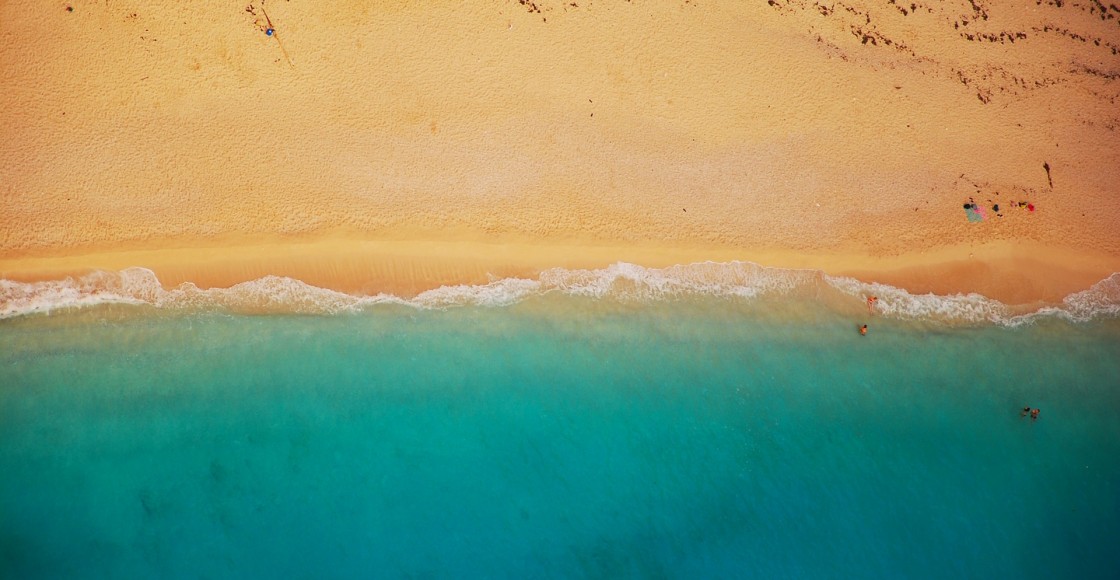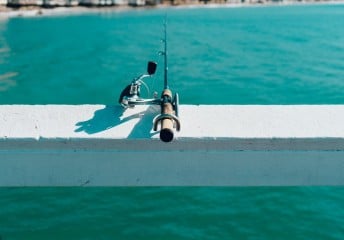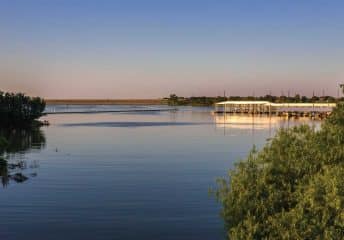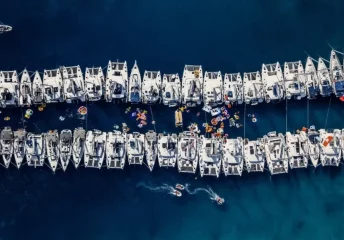4 Facts You Didn’t Know About Tides and Your Boat
Last Updated on January 13, 2022 by Boatsetter Team
Even if you have a couple five-hundred horsepower diesel engines backed up by thousand gallon oil tanks, your ship is a small speck in the mighty oceans. Tides are powerful and you can use them well to save fuel and move around quickly, but likewise, not understanding them can result in you ending up flung out to the middle of nowhere. Here are a few fast facts you need to understand about tides as you plan your next deep sea adventure.
1. Beware of Spring Tides
Most of us might be aware of the fact that tides have a lot to do with the relationship between the moon and the earth. Spring tides are a special phenomenon when the sun and moon align with the earth. Complete alignment occurs during times of either new or full moons. So generally the sun and the moon work against each, but in this period the alignment creates stronger tides meaning high tide is higher and low tide is lower so plan accordingly.
2. Neap Tides
Neap is a word we don’t use too often these days. It means as close to even as possible which means that your high and low tides really aren’t going to be that different. Neap Tides occur during quarter moons or when there is a right angle between the earth and the moon and sun.
3. Bore Tides
In most places on earth tide differences are particularly extreme. They tend to be about 3-4 meters and quite predictable. However, in certain areas such as off the coast of Alaska and China, there are bore tides. What happens is a rush of water returns to a shallow harbor or inlet. They range size from a few feet to up to over thirty so be careful because they can throw a boat quickly out of the water and into someone’s backyard!
4. Rule of Twelfths
This is a handy guideline the Coast Guard uses and urges most sailors to bear in mind. You can approximate a tide’s height and its estimated flow into any area with diurnal tides. If you know the time of the high or the low tide, you can understand how it will move in and out over the next six hours like this: 1/12,2/12/,3/12,3/12,2/12,1/12. This can also help you with cruising to determine how you should flow into an inlet.
Know Your Tides
A skilled captain knows how to use tides to their advantage. However, each place has its own peculiarities so be sure to talk to locals, do a little research and you’ll be on your way to smooth sailing.

Boatsetter empowers people to explore with confidence by showing them a world of possibility on the water. Rent a boat, list your boat, or become a Boatsetter captain today.










